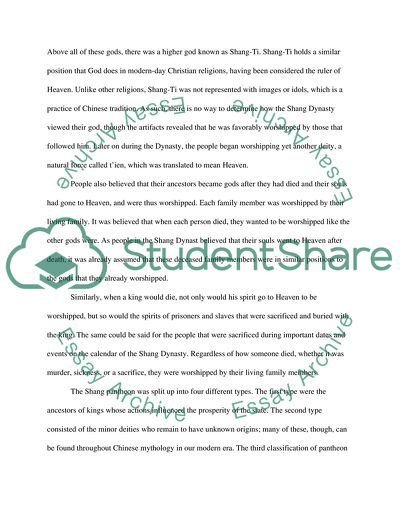Cite this document
(Ancient Chinese Religion Research Paper Example | Topics and Well Written Essays - 1750 words, n.d.)
Ancient Chinese Religion Research Paper Example | Topics and Well Written Essays - 1750 words. Retrieved from https://studentshare.org/religion-and-theology/1745179-ancient-chinese-religion
Ancient Chinese Religion Research Paper Example | Topics and Well Written Essays - 1750 words. Retrieved from https://studentshare.org/religion-and-theology/1745179-ancient-chinese-religion
(Ancient Chinese Religion Research Paper Example | Topics and Well Written Essays - 1750 Words)
Ancient Chinese Religion Research Paper Example | Topics and Well Written Essays - 1750 Words. https://studentshare.org/religion-and-theology/1745179-ancient-chinese-religion.
Ancient Chinese Religion Research Paper Example | Topics and Well Written Essays - 1750 Words. https://studentshare.org/religion-and-theology/1745179-ancient-chinese-religion.
“Ancient Chinese Religion Research Paper Example | Topics and Well Written Essays - 1750 Words”, n.d. https://studentshare.org/religion-and-theology/1745179-ancient-chinese-religion.


